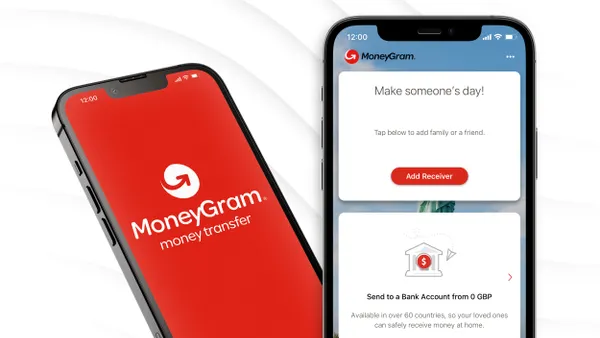Because employees are an organization’s most valuable asset, they’re often one of its top expenses. Typically, it’s also more expensive to attract new employees than to retain existing personnel.
Given these financial considerations, employee satisfaction and retention have always been important concerns for CFOs. But CFOs are also integral to ensuring a healthy working environment—making it important for them to have a comprehensive outlook on the employee experience.
“CFOs play an important strategic role for the organization, especially in setting the company culture,” says Dan Skaggs, head of product for the U.S. Bank Commercial Rewards Card. “Beyond the financial imperatives, the best CFOs want their employees to succeed and to have a positive work environment.”
Modernizing how the organization manages expenses and travel can help CFOs improve the work environment for employees. Adopting a modern, innovative commercial card program enables CFOs to infuse trust and guidance into employee decision-making, streamline expense-report creation and approval processes, and reward and incentivize employees for cost-saving decisions—all optimizing the employee experience with a consumer-grade solution.
Empowering employees
CFOs have the opportunity to choose a commercial card solution capable of building the company’s expense and travel policies right into the card program. Doing so helps protect employees from making choices that don’t adhere to the company’s guidelines.
Having the guardrails baked into the card program itself means that employees don’t have to track down and consult their organizations’ travel and expense (T&E) policies every time they make a purchase (or otherwise risk overspending or spending outside approved categories).
“Beyond trust, it’s empowerment,” says Skaggs. “You’re giving employees guidelines while empowering them to make their own decisions. With that, they don’t need any handholding from the CFO or the finance team.”
Streamlining processes
Minimizing employee handholding benefits the finance team, whose effort is often already stretched thin by managing T&E. (TravelBank research shows that 71% of finance executives agree that T&E management absorbs too much of the finance team’s time and attention.)
And since the average expense report takes 20 minutes to complete and 18 minutes to correct, according to the Global Business Travel Association, both the finance team and the rest of the employee population benefit when a company reduces the steps required to submit and process expense reports.
"By eliminating the need for manual expense reports, employees save hours each month,” says Skaggs. “They also avoid the extended reimbursement timeframes associated with companies that manage T&E without a digital solution.”
Reducing reimbursement issues
Avoiding long reimbursement timelines is important to driving up employee satisfaction. The alternative—asking employees to pay up front on their personal cards, only to be reimbursed as many as 60 days later—can lead to employee stress and anxiety.
“There's an assumption in that scenario that the employee both has credit and can afford to float their company hundreds or thousands of dollars,” says Skaggs. “It can also really cost employees if their companies don’t reimburse them quickly, and that definitely contributes to employee satisfaction.”
Rewarding and incentivizing employees
With the right commercial card program, companies can not only reduce the need for reimbursements but also engage employees through rewards and incentives. With the U.S. Bank Commercial Rewards Card, for example, companies can choose to pass along a portion of any savings the employee realizes when booking a hotel or airfare.
If an employee were heading to New York, where the company’s spending limit for a hotel room is, say, $400, the employee can select a room at any price point up to the set limit. If the employee selects a room that costs just $250, the company can pass along a portion of that $150 savings to the employee in the form of points that can be redeemed for gift cards or other rewards.
Delivering consumer-like experiences
Reward opportunities are just one optional way companies can modernize expense and travel experiences for employees. Employees have come to expect user experiences on par with what they are used to in their personal lives, and a commercial card with a digital T&E management platform can meet those expectations.
“When employees easily understand the look and feel of the platform, they can navigate it without training,” says Corynn Cooper, senior product manager, Corporate Payment Systems, U.S. Bank.
Conclusion: Moving the employee experience forward
Ultimately, modernizing T&E through a trusted, modern commercial card program can enhance the employee work experience, which is an important factor to achieving company goals.
Adopting the right commercial card program can help companies streamline expense processes, reimburse employees faster and reduce administrative tasks for both employees and the finance team. It can also improve CFOs’ visibility into and control over expenses while driving up policy adherence. The sooner CFOs adopt a card program that modernizes T&E and advances the employee experience, the sooner their companies see the benefits.
To learn more about how the U.S. Bank Commercial Rewards Card replaces time-consuming, manual processes with a single, intuitive platform, connect with a U.S. Bank corporate payment solutions expert today.










